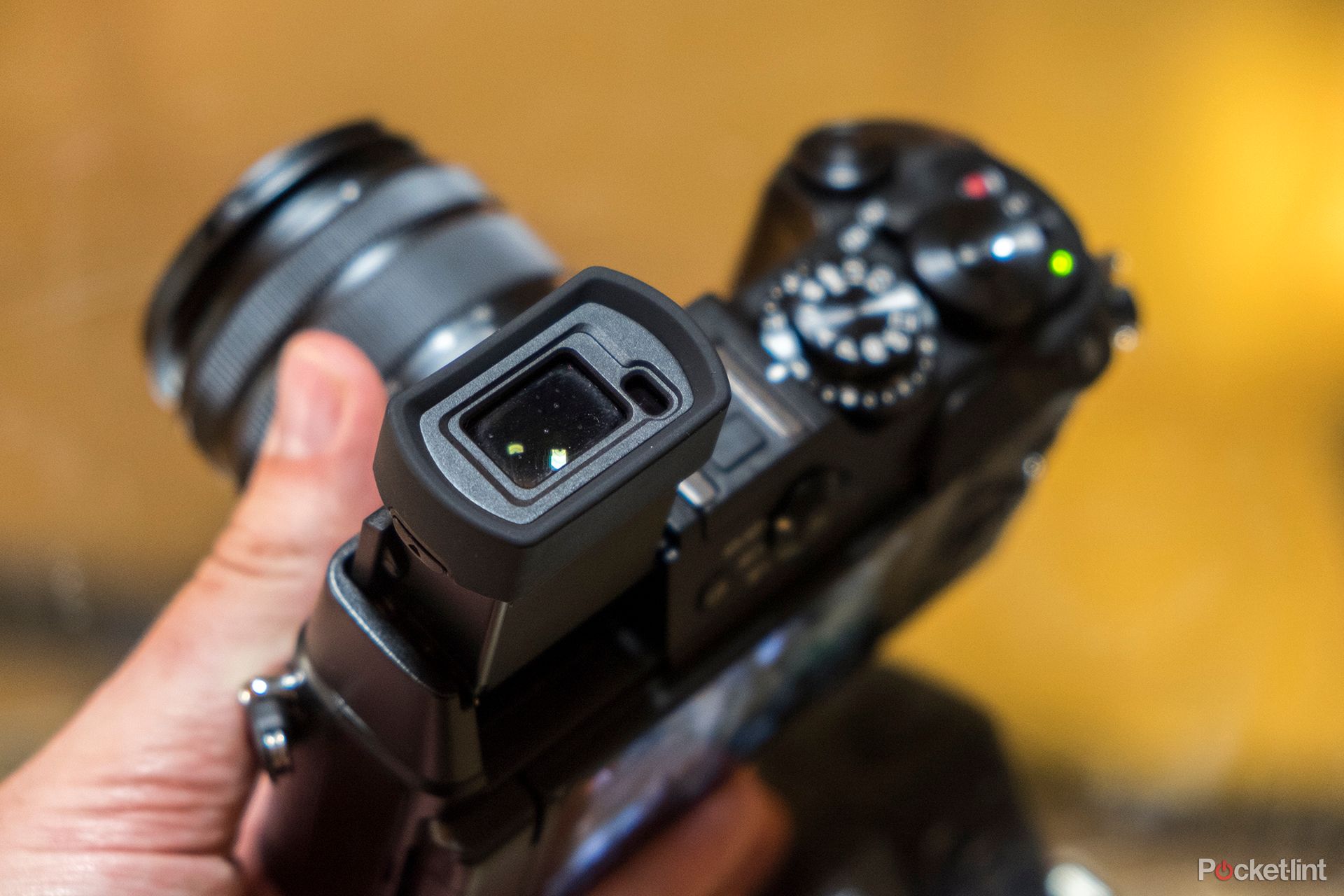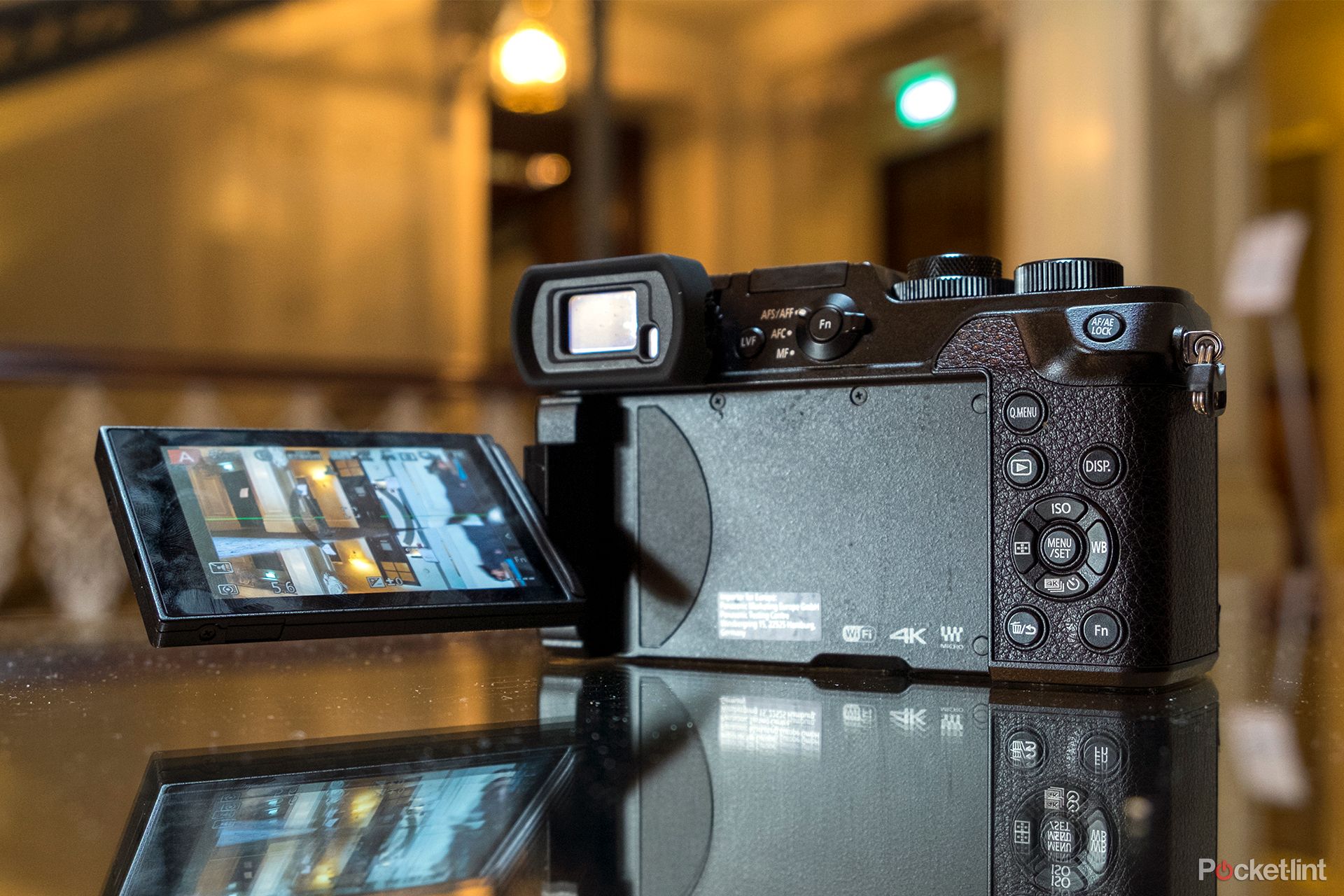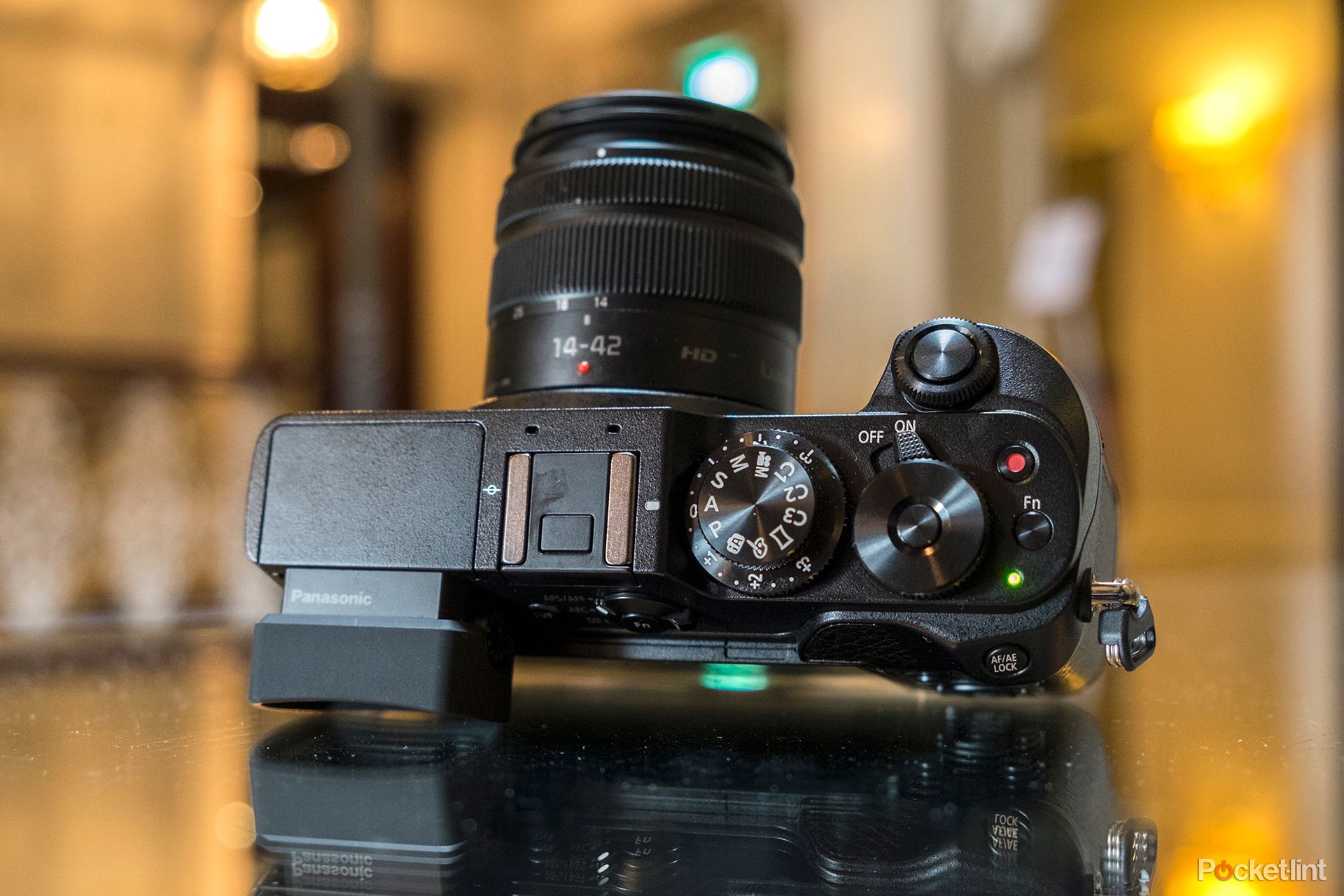It's been almost exactly two years since we last saw a GX-series model – the viewfinder-laden "flat" compact system camera series – in 2013's excellent Lumix GX7. But with the new GX8, we see the shifting focus of Panasonic as a camera company: to aim at higher-end users and shun the "smaller is better" mantra that has been threaded through the Micro Four Thirds system since launch.
Our quick take
What many will want to know is whether the Lumix GX8 is worth its four-figure asking price. Its on-board viewfinder is a competition killer so, with that in mind, the answer is a resounding yes.
However, its arrival later down the line than the larger-body Fujifilm X-T1 and its cheaper X-T10 cousin may deter some buyers. The Lumix does have the better autofocus system though, both in terms of speed and number of useful options available.
Otherwise the GX8's shortcomings are few and far between: the absence of a drive mode dial does seem odd, especially as an on-board flash has been sacrificed; some minor layout foibles could be improved, such as the placement of the top thumb dial's function button; continuous autofocus still has its issues; and the battery life fails to impress, which is perhaps the GX8's single biggest issue.
But with the best image quality of any Micro Four Thirds camera to date the GX8 can't fail to impress. It's bursting with even more features than its GX7 predecessor, offering a vari-angle screen and tilt-angle viewfinder combination that nothing else on the market can touch.
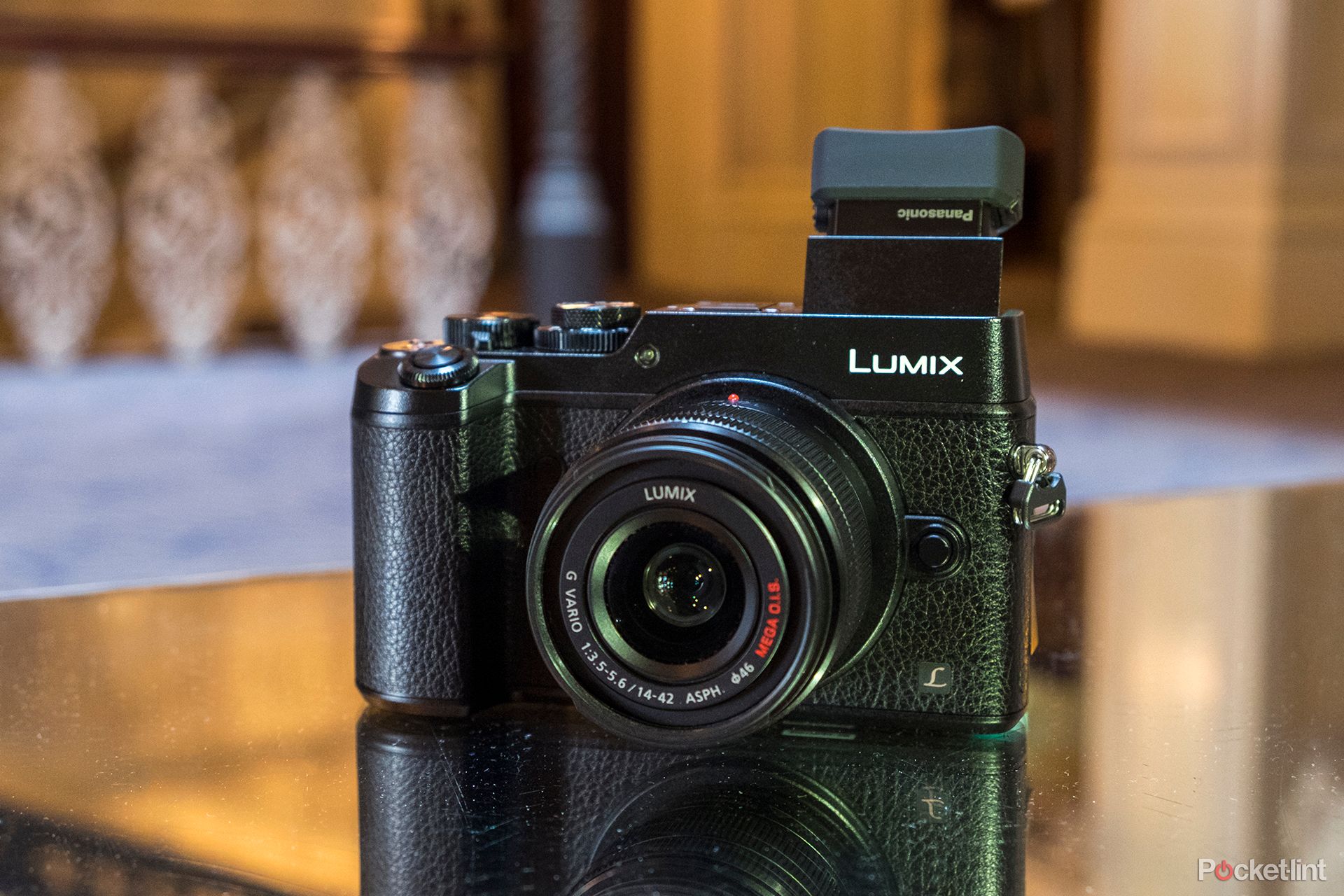
Panasonic Lumix GX8 - 4.5 / 5
| FOR | AGAINST |
|---|---|
|
|
For the Lumix GX8 is an altogether larger and more accomplished system camera than its predecessor. It's seen the surrounding competition, including the formidable Fujifilm X-T1, and come out guns blazing. In addition to a brand new 20.3-megapixel sensor at its core – the highest resolution to feature in a Micro Four Thirds camera to date – the built-in electronic viewfinder, with its new 2,360k-dot OLED panel, is as large as any we've seen in a compact system camera.
When we first saw the GX8 in rain-soaked Brighton on England's south coast we were pleased it added weather-sealing to the feature set. Since then, and having used the GX8 for a number of weeks, we've added a lick of sunshine to our reviews process by taking the camera to sunny San Francisco for a personal trip.
Is this a viewfinder victory for Panasonic's Lumix G series, or with the price leap beyond the earlier GX7 and the introduction of the more affordable Fujifilm X-T10 is it a harder sell?
Viewfinder boost
Just like the Fujifilm X-T1, the Lumix GX8's viewfinder offers the same 0.77x (equivalent) magnification which, ignoring the boring numbers, means a large image delivered direct to the eye. And we mean gloriously large: the sort of scale larger than you'll find in pro-spec cameras such as the Canon EOS 5D III or Nikon D750.
Rather than squinting through wind and rain or struggling to see images on the rear screen due to bright sun, we found ourselves opting for the finder often, with its quick eye-level sensor detection, to fend off the worst of the conditions.
It's bright, it's sharp, it's probably the best electronic finder on the market today – helped along by the fact it's built on a 90-degree bracket to be angled for waist-level work should you prefer. Saying that, we didn't use the angular bracket that often, but some people will.
Having such a high quality panel built into a flat body design does mean the GX's size increases though. The 133.2 x 77.9 x 63.1mm body frame, which is fashioned from magnesium alloy, makes for roughly a 28 per cent volume increase compared to the earlier GX7. It seems Panasonic is unfazed about size any more: it's dropping the pocket-sized GM-series from its Lumix line-up entirely (in the UK, anyway), while recent models, such as the Lumix G7, aren't afraid of being chunkier than their predecessors for the sake of features.
From a usability point of view this scale is of little consequence though. The GX8 is hardly massive, still sitting well in the hand thanks to a grip that's considerably more pronounced than the one found on the GX7. It also benefits from a vari-angle screen, not just a tilt-angle one as per the older model, complete with touch sensitivity to make the most of the super-fast autofocus system. Rather than take the GH4 along to a trade show we instead opted for the GX8 in order to save on bag space.
Top performance
Just as we've come to expect from Panasonic's autofocus setup, it's quick and reliable. Whether using the automated 49-area array, one-point, or pinpoint modes it's a familiar and snappy experience, just like the Lumix GH4. There are also face/eye detection, tracking, and a custom multi mode (which offers multiple user-selected points to be activated) options.
Low-light is rarely an issue for focus, whichever AF mode is selected, and we've been shooting ISO 6400 frames in the dark cells of Alcatraz prison, through to sun-drentched tourist shots around the city. Although the "Light Speed AF" term isn't banded around any more, it does feel lightning quick.
Coupled with the touchscreen it's possible to tap-to-focus anywhere on the screen, which is great, although it's all too easy to move the focus point by accident when adjusting the vari-angle screen's position, which can become tiresome – but that's part and parcel of such a feature. Sometimes our face would end up shifting the focus point position on the screen when pulling away from the viewfinder, which wasn't ideal when coming back to take a shot again later. But if you don't want it, simply deactivate the feature within the settings.
The one aspect of autofocus that we're still not entirely convinced by is the GX8's continuous autofocus. Panasonic claims this has seen a 200 per cent tracking performance improvement compared to its predecessor. But for us it slipped up a number of times by focusing behind the subject of interest, or by rapidly "pulsing" when acquiring focus.
That's a shame, given the dedicated AF mode switch on rear of the camera signifying this is a core mode. This switch is also where manual focus is engaged, which is handy given the speed it ca be popped into or out of use.
The addition of other dials make-up an altogether more advanced and quick-to-use camera than the GX7. There's an exposure compensation dial sat beneath the mode dial, offering +/-3EV adjustment on the fly, which we've found to be sturdy enough to not get knocked out of place by accident.
Up top there's a dual thumbwheel setup (both of which sit atop the camera, unlike the GX7's top and rear-mounted ones) featuring a function button to the centre rear dial, used to switch between default modes quickly (say, from aperture adjustment to white balance control). It's much like the 2x2 switch found in some of the Olympus OM-D range, such as the E-M5 II, albeit not as well positioned in the Lumix's case. The unmarked Fn button fails to feel practical in use, a criticism we had of the Lumix G7 too.
4K fanatic
Panasonic's other big push is all about 4K. From ultra-high definition video capture, to what the company calls "4K Photo", it's got the same set of features as the Lumix G7 in this department.
And our thoughts about it are much the same: we're unconvinced by the name's misdirection, as all the camera is doing for 4K Photo is shooting an MP4 clip, from which still images can be extracted using touch-based in-camera software (or in post if you want to muck about with Photoshop). The in-camera software works really well, as it's possible to swipe through clips frame by frame using a finger on the rear screen. But if you're used to simply opening stills in Lightroom or another programme, then the experience feels altogether different.
The GX8 doesn't have a dedicated 4K mode on a dial, though, it's instead accessed through the drive menu. And as there's no dedicated drive mode dial, as per the G7, this isn't as readily accessible as we would like.
The 4K Photo mode's best use is the pre-burst mode, which captures a second of footage before pressing the shutter button proper, followed by a second of footage capture after doing so – that amounts to 60 8-megapixel frames total to pick from. If you want to make the most of that 20-megapixel resolution, however, then an 8fps burst is certainly proficient (it drops to 6fps with continuous autofocus active). That's pretty quick, again matching the Lumix G7's maximum rate.

4K Photo example (shot using Lumix G7 sister camera)
What's certainly all-new for the GX8 (and the G-series as a whole) is a dual image stabilisation system, pairing in-camera sensor-based stabilisation with lens-based stabilisation. By using a gyro sensor to detect the direction of camera shake, the combination of stabilisation systems (both of which are mechanical) can be actioned in the most proficient way. That means greater combat of pitch and yaw than before, for the sharpest possible images. However, it can't utilise dual stabilisation for video capture, reverting to electronic stabilisation instead.
This system arrives at a necessary time too, what with the 5-axis stabilisation system of the Olympus OM-D E-M5 II showing off what's possible. With some shots we've taken in low-light it's been possible to shoot at around 1/15th second with decent results; perhaps not as bitingly sharp as in better conditions, but certainly passable.
Image quality
All this goodness and then there's that new higher-resolution sensor to take on board, pushing Micro Four Thirds beyond the 20-megapixel boundary for the first time.
Initially we weren't convinced that a boost beyond the earlier G-series' 16-megapixel limit was necessary, but having previously spotted colour noise apparent in some of the low-mid sensitivities it's good to see the GX8 appears to offer cleaner images.

Panasonic Lumix GX8 review - sample image at ISO 400 - click for full-size JPEG | raw crop
In an ISO 400 long exposure facing over Ghiradelli square the blacks are deep and true, without presence of interfering colour noise within the shadow areas. An ISO 800 shot of fermentation tanks at Anchor brewery appears similarly clean, with only the subtlest presence of such noise in the mid-grey areas to the corners.
Processing is well handled, although the raw files have that extra level of detail which processed JPEG shots can't quite maintain (often for the latter's sake of reducing grain). Still, the GX8 delivers an impressive performance that, and despite a smaller physical size than many competitors' APS-C sensor sizes, shows Micro Four Thirds can stand up amongst the best of its competitors.
Sharpness at the lower ISO sensitivities will be partly dependent on lens choice. We've been using the 12-24mm f/2.8 throughout, which is an optic as pricey as the camera body. Its results make it worth it, though, although some of its capability is negated when using the higher ISO sensitivities because of processing artefacts being present.
There's a stack of detailed adjustments and in-camera processing available too. From the black and white mode, which comes complete with colour filter effects of red, yellow, blue and other colours for that distinct B&W finish, through to a shadow and highlight gamma curve tool. It's even possible to apply in-camera effects when raw & JPEG shooting is selected (using the raw file as an original back-up).
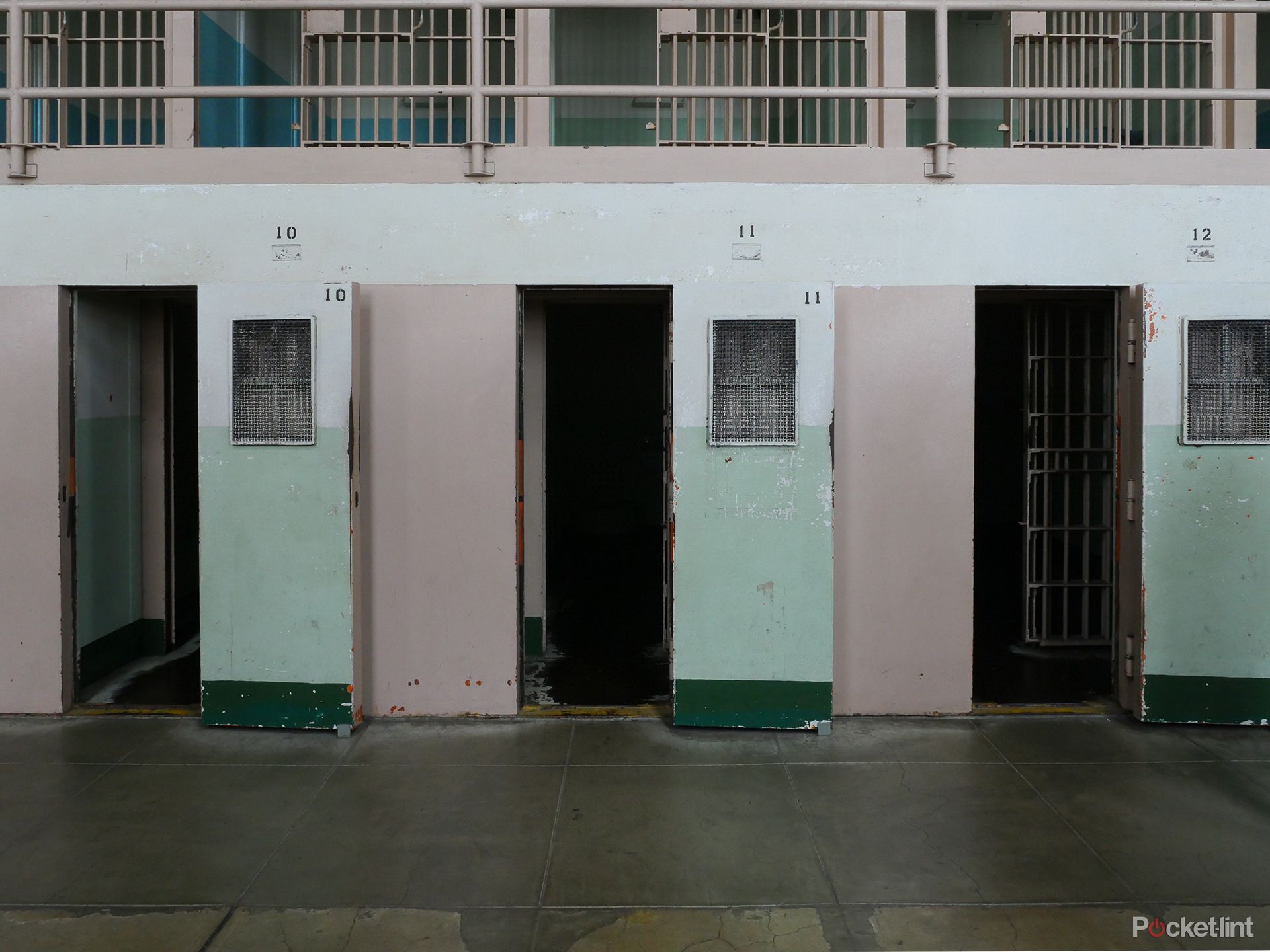
Panasonic Lumix GX8 review - sample image at ISO 1600 - click for full-size JPEG | raw crop
The lack of an ISO 100 setting sounds like a downside, but with a 1,8000th sec mechanical shutter and a silent 1/16,000th sec electronic one (which is silent) there are few limitations to shooting with wide aperture settings in bright light. We love the silent shooting option too, which we had active almost all of the time given how discreet it is.
All in all the Lumix GX8 looks to be the strongest Micro Four Thirds performer to date. Sadly longevity can't match, with a so-so battery life being one of the camera's main shortcomings; we suggest buying a spare from the off as the "three bar" display system (we'd prefer a percentage display) can rapdily ditch from two thirds to flashing red in little time.
To recap
Is the Lumix GX8 worth its four-figure asking price? That viewfinder is a competition killer so, with that in mind, and despite the size and price increase over the GX7, the answer still has to be a resounding yes.

